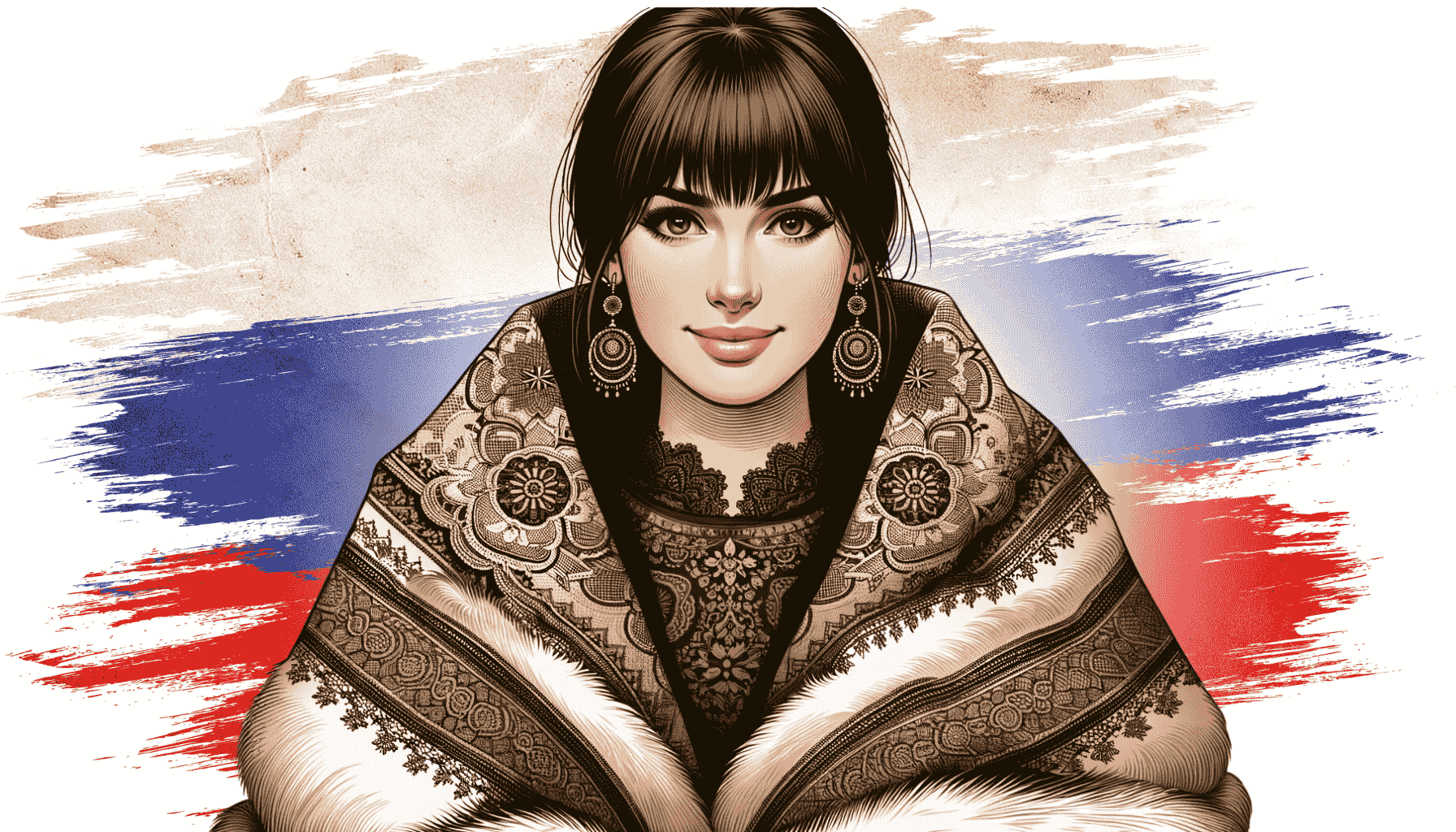Sharing is caring!
Have you ever wondered what people wear in different parts of the world?
Let’s take a trip to Russia and explore their traditional dresses. Russia is a big country with a rich history and culture.
This history is beautifully shown in their traditional clothing.
Each piece of clothing is not just for looking good; it also tells a story about the people of Russia and their way of life.
From colorful shawls to warm winter hats, every item has its own special place in Russian culture.
These dresses and accessories are not only beautiful but also practical, perfect for the cold Russian weather.
They come in different styles, and each one has something unique about it.
Let’s dive into the world of Russian traditional dresses and see what makes them so special.
1. Sarafan: A Symbol of Russian Elegance
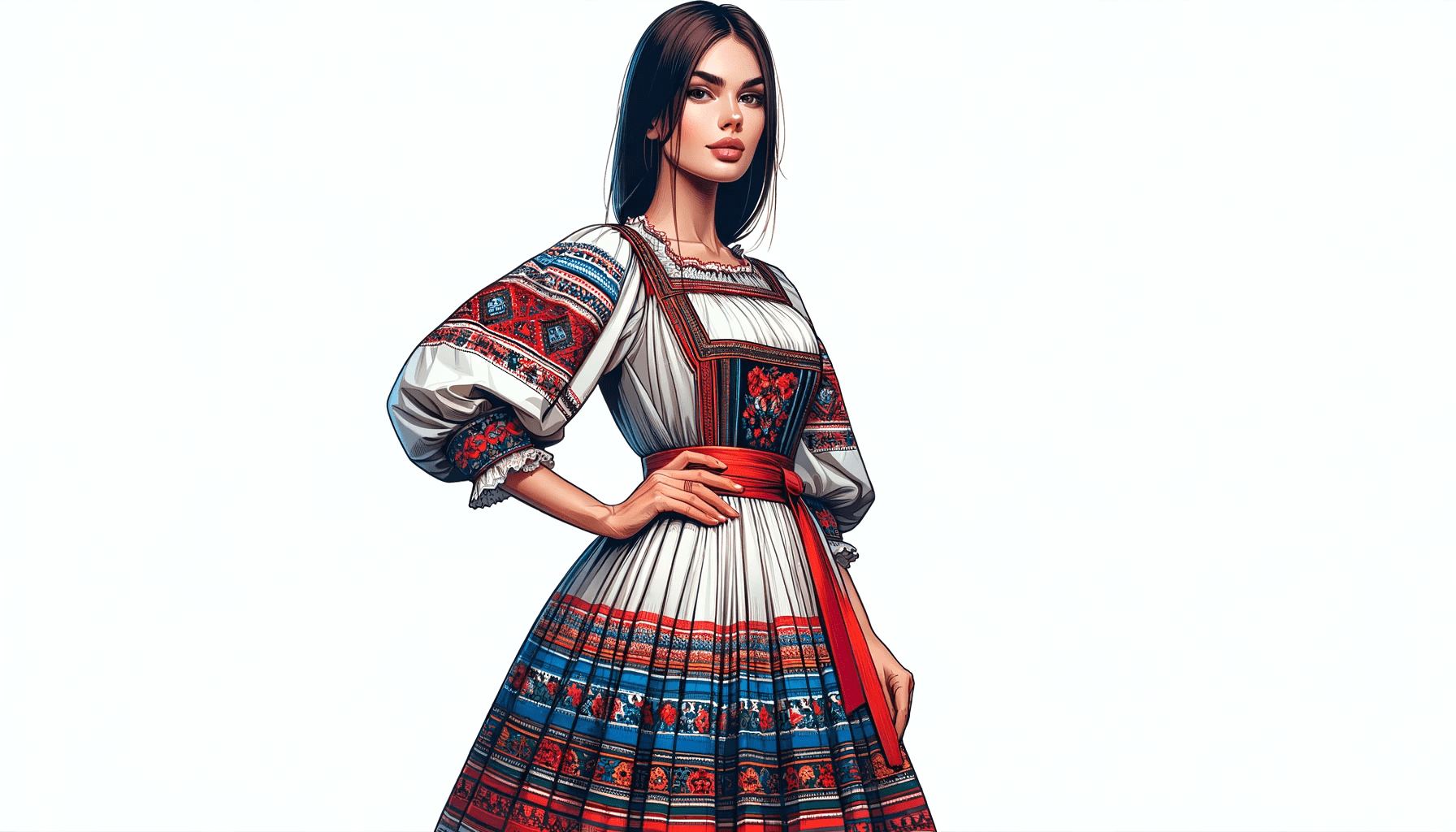
The Sarafan, a traditional Russian dress, has long been a symbol of national identity and elegance.
Its origins trace back to the 13th century, evolving from a simple peasant garb to a fashion statement among Russian women.
The design of the Sarafan is distinctive – a long, sleeveless jumper dress that is usually worn over a blouse.
This attire was not just about style; it played a practical role too, offering comfort during the harsh Russian winters and flexibility for daily activities.
Interestingly, the Sarafan also became a canvas for artistic expression.
Depending on the region, these dresses were adorned with intricate embroideries and vibrant colors, each telling a story of local customs and traditions.
Wealthier women had Sarafans made from silk and decorated with gold threads, while those from simpler backgrounds used plain cotton or wool.
This diversity in materials and designs reflected the vast cultural tapestry of Russia, making the Sarafan a true representation of Russian heritage.
2. Kosovorotka
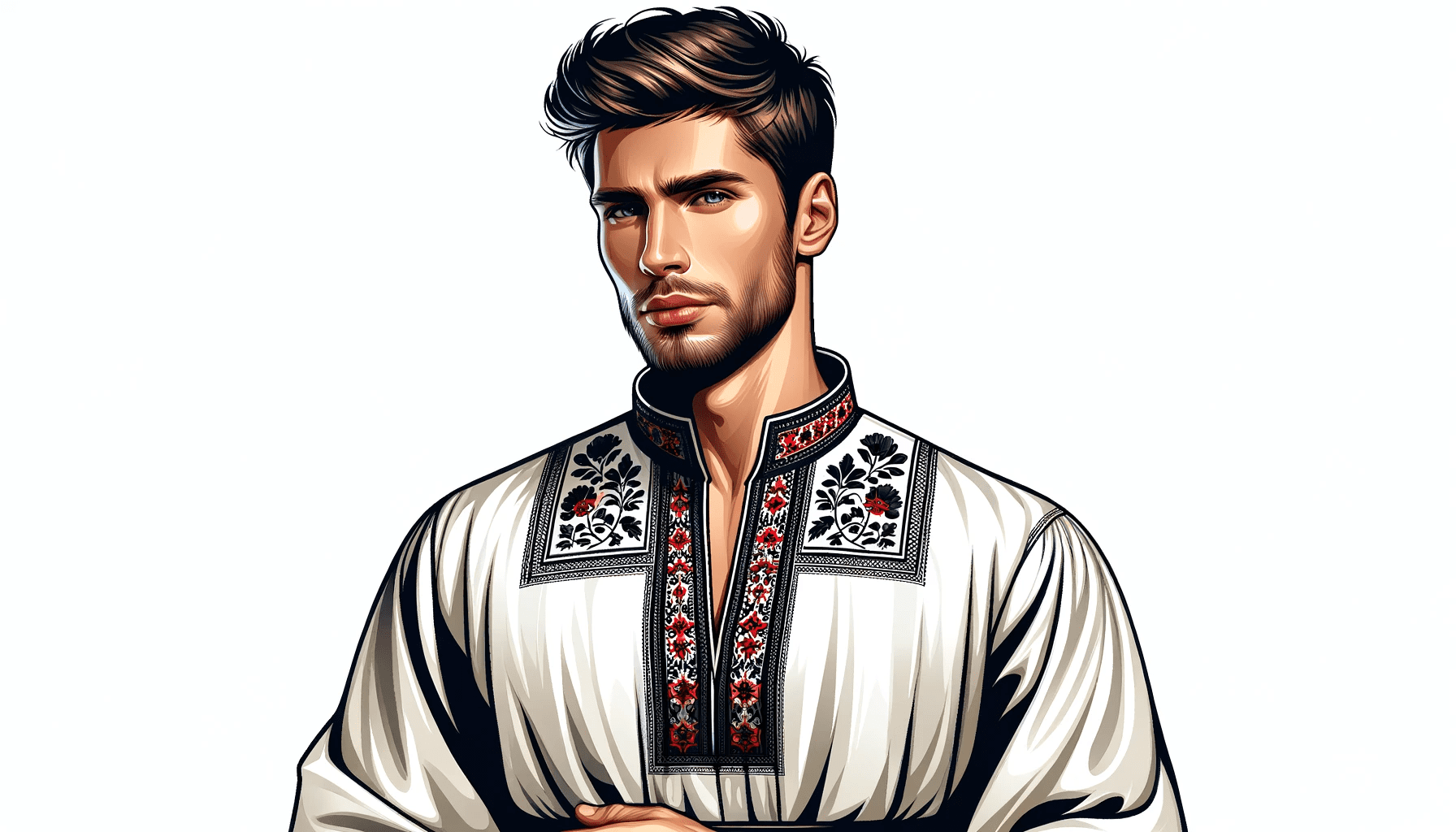
Kosovorotka, often simply referred to as the Russian shirt, holds a special place in the traditional wardrobe.
Its most defining feature is the skewed collar, which sets it apart from typical Western-style shirts.
The kosovorotka is usually long-sleeved and reaches down to the mid-thigh, providing both comfort and functionality.
Traditionally, it was made from homespun cloth, which added to its authenticity and connection with the Russian peasantry.
The kosovorotka was more than just a piece of clothing; it was a garment steeped in symbolism and pride. It was commonly adorned with intricate patterns and symbols, each with its own meaning and story.
The shirt was not limited to everyday wear but was also a crucial part of festive and ceremonial attire, often paired with a belt or tucked into trousers.
Its simplicity, combined with deep cultural significance, makes the kosovorotka a timeless piece of Russian fashion.
3. Ushanka: The Iconic Russian Hat
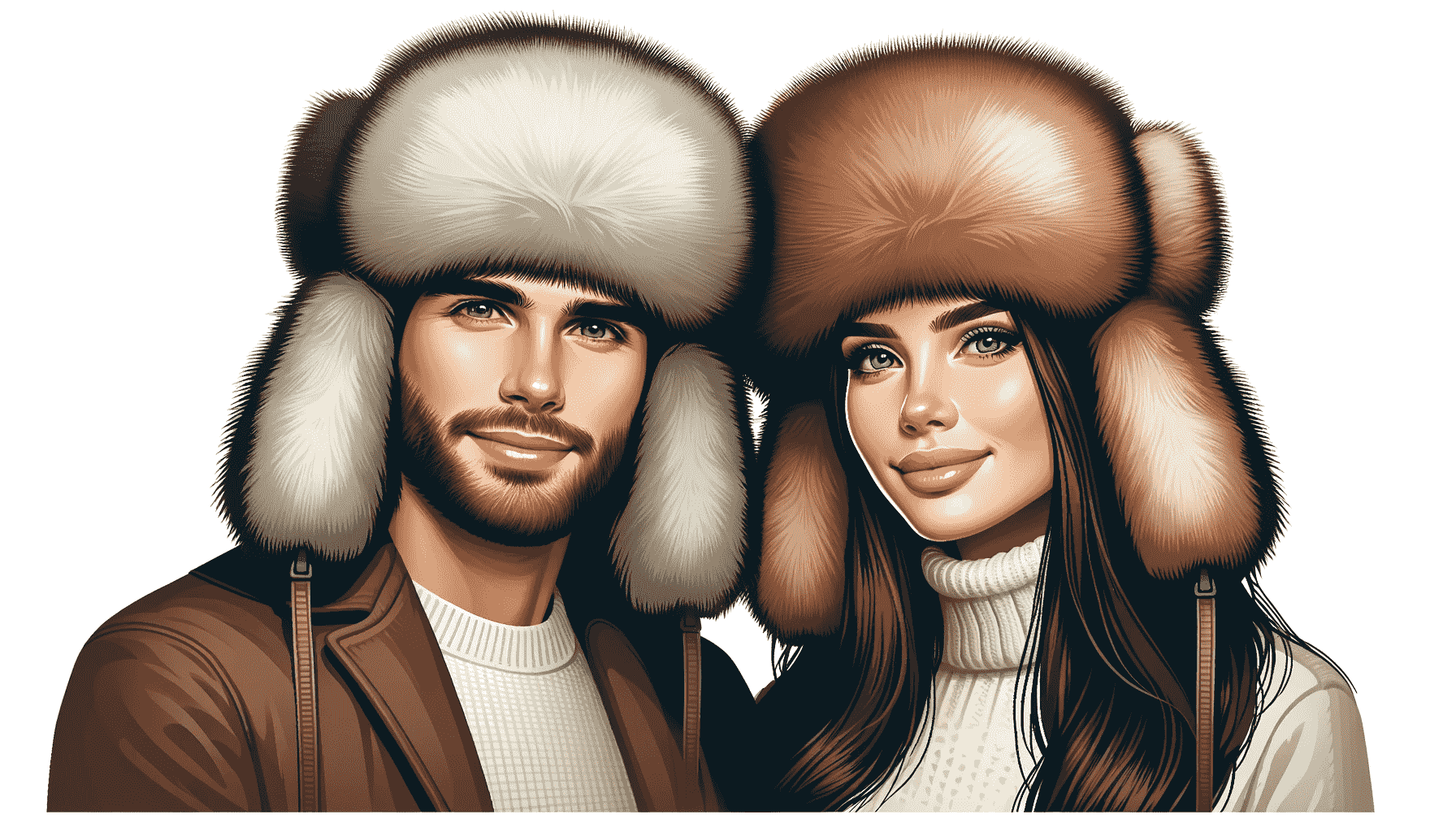
When one thinks of Russian attire, the Ushanka hat often comes to mind.
This hat, with its ear flaps and fur lining, is a practical solution to Russia’s bitterly cold winters.
The Ushanka is not just about warmth; it’s a cultural icon, instantly recognizable as a symbol of Russia.
Originally, these hats were made from genuine fur, such as rabbit or sheepskin, but modern variations include synthetic alternatives.
The Ushanka is deeply ingrained in Russian military history, often associated with images of Soviet soldiers during the winter months.
However, its appeal extends beyond the military; it’s a popular choice among both locals and tourists seeking both warmth and a touch of Russian tradition.
The Ushanka transcends age and social status, making it a unifier in the diverse tapestry of Russian society.
4. Valenki
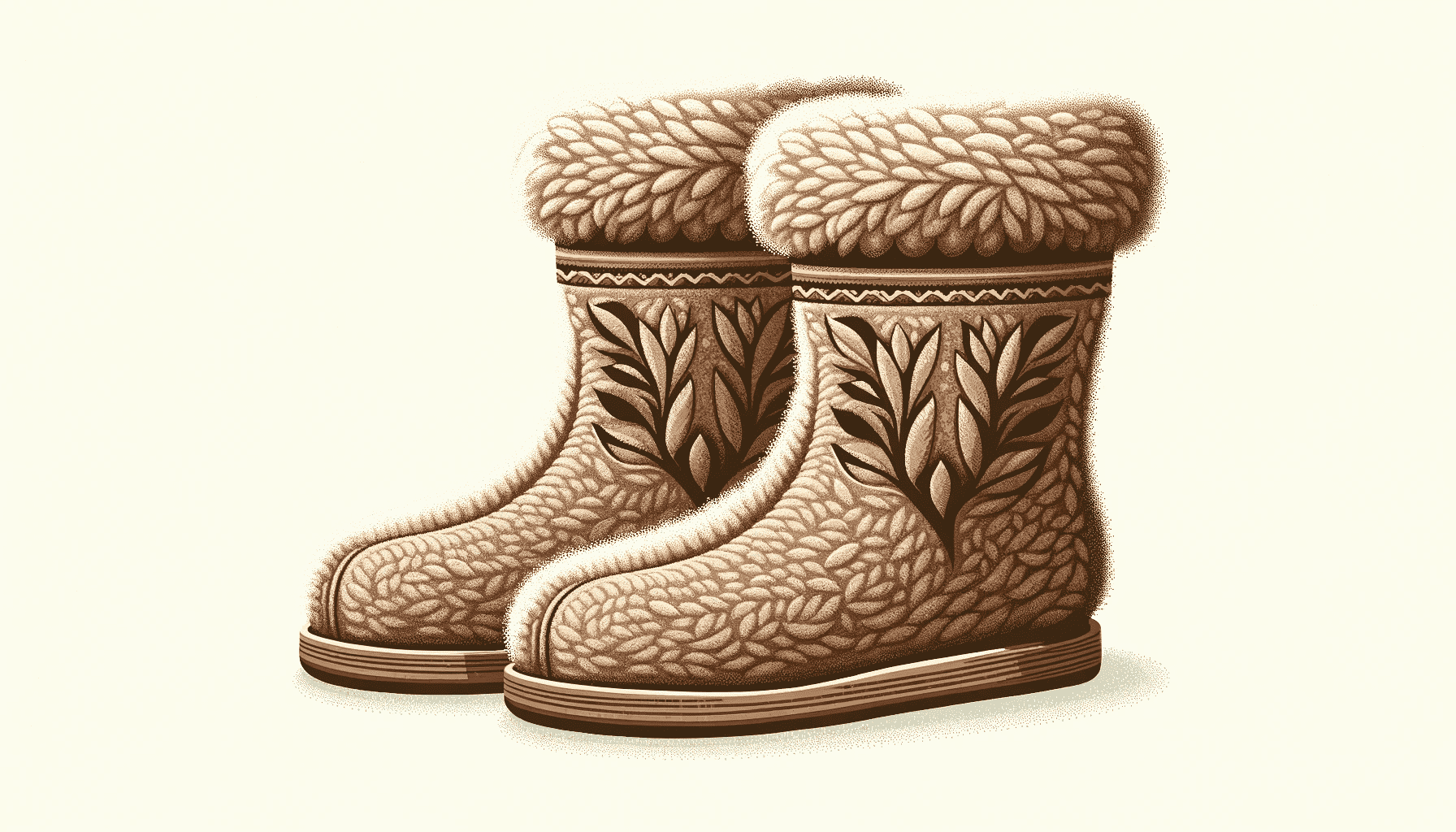
Valenki, the traditional Russian winter boots, are a marvel of simplicity and practicality.
Made entirely from wool, these boots are designed to withstand severe Russian winters, providing warmth and comfort in sub-zero temperatures.
Originating centuries ago, Valenki were essential for rural inhabitants who needed durable and warm footwear for their daily chores in the cold.
The beauty of Valenki lies in their adaptability. Initially, they were plain and unadorned, focusing purely on functionality.
However, with time, they evolved into fashion statements, with embellishments and variations in style.
Today, you can find Valenki in a range of colors, some even with rubber soles for additional durability. This blend of tradition and modernity makes Valenki a unique aspect of Russian cultural attire, beloved by all generations.
5. Pavlovo Posad Shawls
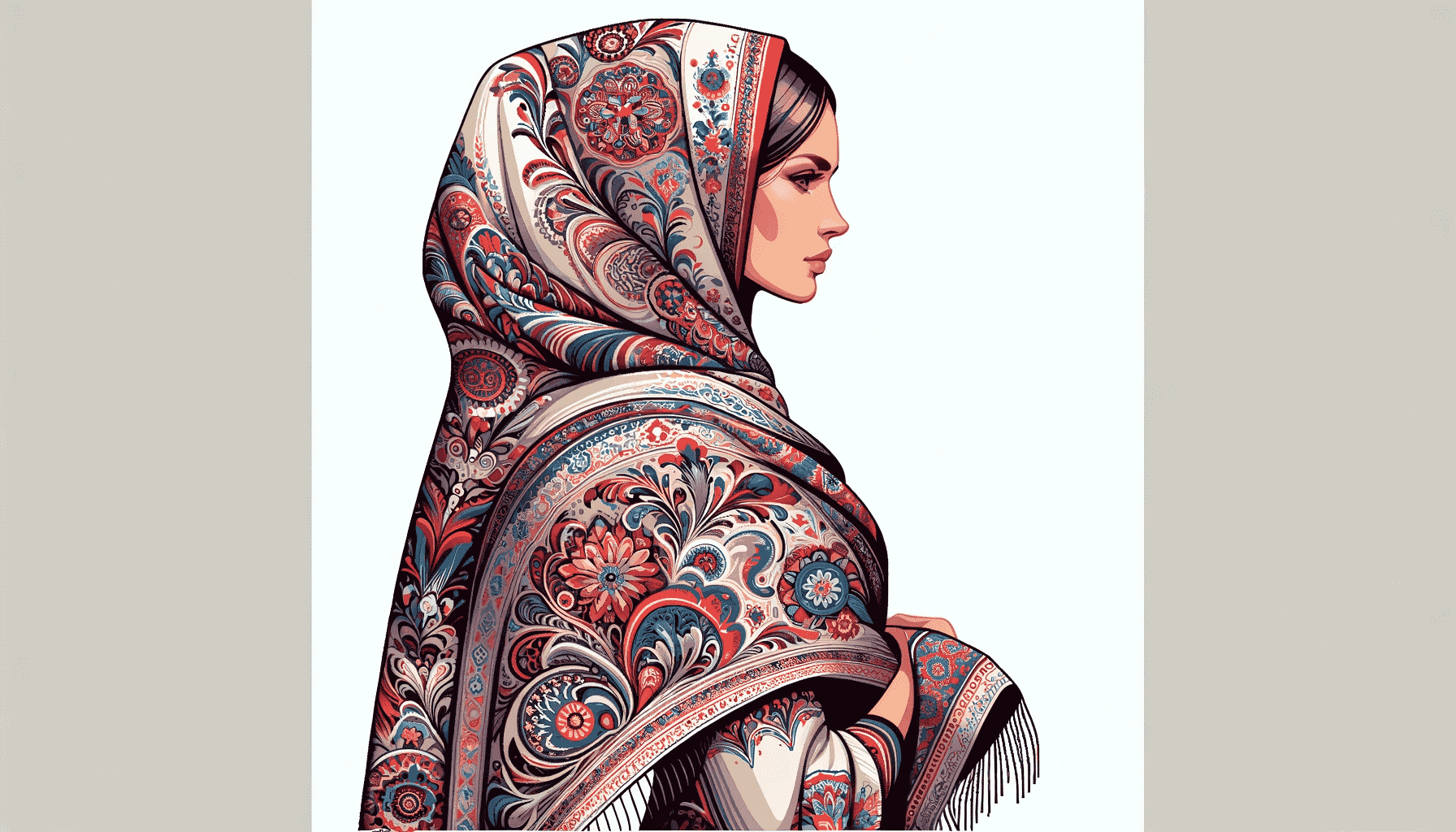
Originating from the small town of Pavlovo Posad, these woolen shawls have become a symbol of Russian folk art.
Each shawl is a masterpiece of craftsmanship, often featuring floral designs that are not just visually appealing but also carry cultural significance.
The variety in designs reflects the diverse natural landscapes of Russia, from its sprawling fields to its dense forests.
What’s remarkable about these shawls is their versatility. They are worn by women of all ages and can be draped in various styles, suitable for both casual and formal occasions.
Over time, they have gained international recognition, admired for their beauty and the skill involved in their creation.
These shawls are more than just a fashion accessory; they are a link to Russia’s rich artistic heritage and a celebration of its rural roots.
6. Kokoshnik
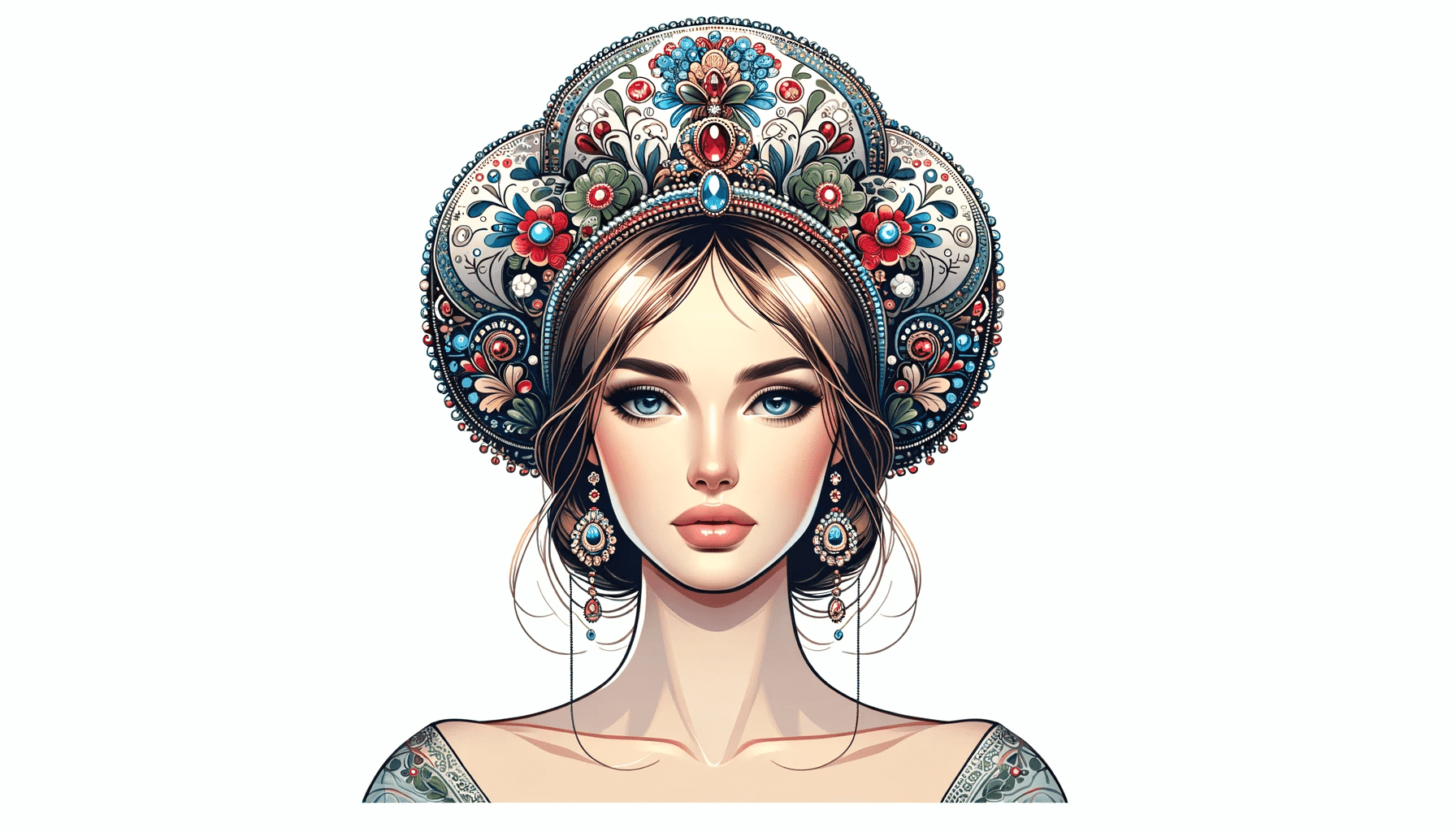
Historically worn by women, particularly for special occasions like weddings and festivals, the Kokoshnik is a symbol of Russian folklore and beauty.
Its design is unique and often elaborate, featuring a crescent-shaped structure that frames the face beautifully.
Embellishments such as beads, pearls, and precious stones are common, making each piece a work of art.
The significance of the Kokoshnik extends beyond its physical beauty. It represents a rich cultural history, echoing the customs and traditions of different regions in Russia.
The styles and decorations vary, often indicating the wearer’s marital status or region of origin.
This headgear is not just a fashion statement; it’s a proud declaration of identity and heritage, cherished by generations of Russian women.
7. The Telnyashka: Stripes of Distinction

The Telnyashka, a striped cotton undershirt, is an iconic part of Russian military attire, instantly recognizable by its blue and white stripes.
But its significance is not limited to the military; it has become a symbol of courage and valor across Russia.
Initially introduced in the 19th century for the navy, the Telnyashka was designed to be comfortable yet durable, suitable for the demanding conditions at sea.
Over the years, the Telnyashka has transcended its military origins to become a popular fashion item. Its simple, striking design appeals to a wide audience, making it a staple in many Russian wardrobes.
The shirt is more than just a piece of clothing; it’s a nod to the bravery of those who serve and a representation of Russian strength and resilience.
8. The Orenburg Shawl: A Blend of Warmth and Artistry
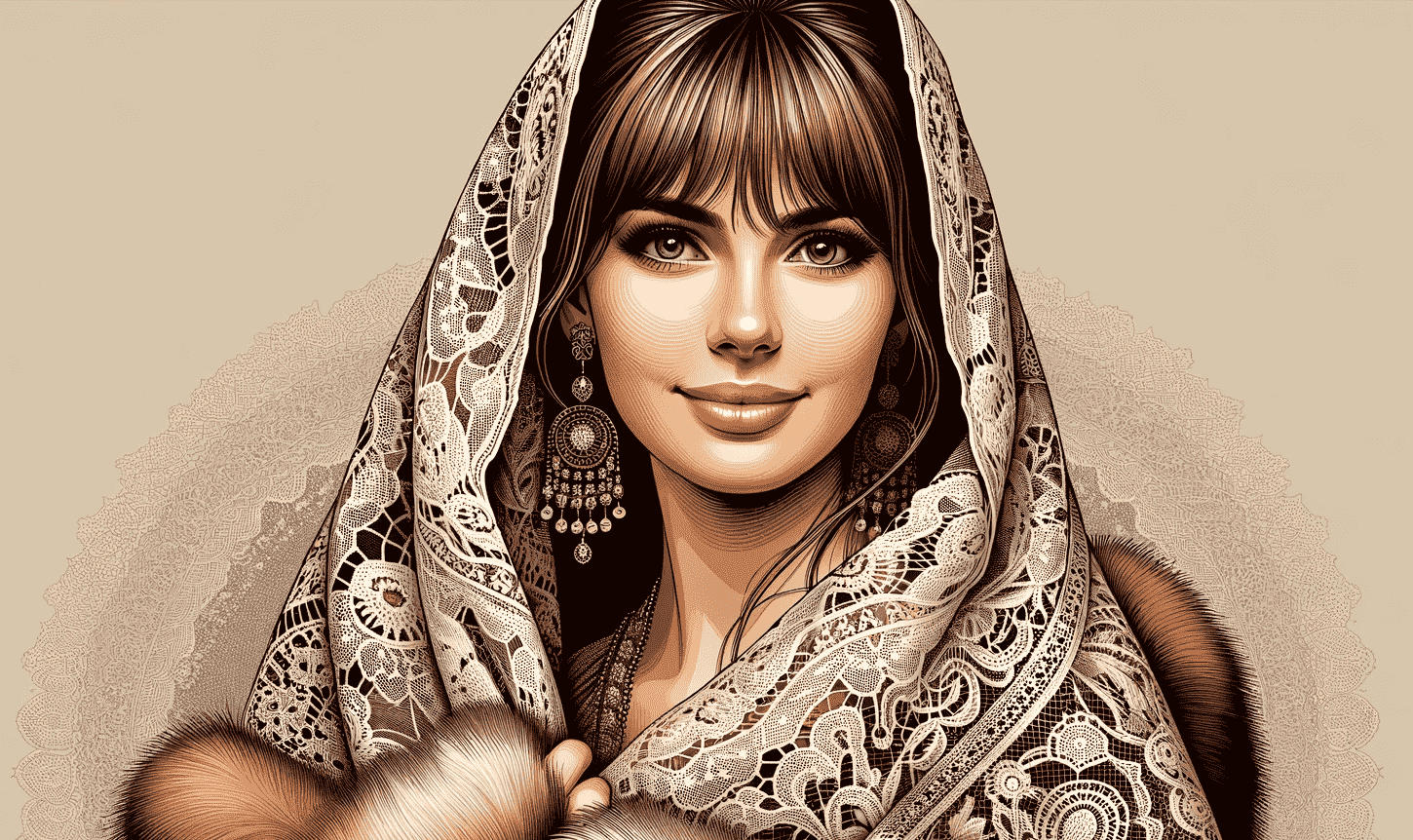
Originating from the Orenburg region, these shawls are known for their incredible warmth and delicate, lace-like patterns.
Made from the down hair of Orenburg goats, these shawls are surprisingly lightweight yet provide excellent insulation against the harsh Russian winters.
The process of making an Orenburg shawl is a time-honored tradition, passed down through generations of skilled craftswomen.
Each shawl is hand-knitted, a process that can take weeks or even months, depending on the complexity of the design.
The result is not just a garment but a piece of wearable art, embodying the patience, skill, and cultural heritage of the Orenburg region.
These shawls are cherished both within Russia and abroad, appreciated for their beauty and practicality.
FAQs
What is a Traditional Russian Coat Called?
The traditional Russian coat is called a “Shuba.” It’s a kind of coat that’s really warm and is usually made from fur.
In Russia, where it can get very cold, a Shuba is perfect for keeping people warm during the long, chilly winters. This coat is not just practical but also a big part of Russian fashion and culture.
People have been wearing Shubas in Russia for hundreds of years, and they are still popular today.
Is There a Dress Code in Russia?
In Russia, there isn’t a strict dress code that everyone follows, but people do like to dress nicely.
In cities, especially in places like Moscow and Saint Petersburg, people often wear fashionable and modern clothes.
When visiting churches or religious places, it’s important to dress respectfully, which usually means covering your shoulders and legs.
But in general, you can wear what you feel comfortable in, just like in many other countries.
What is a Sarafan in Russian?
A Sarafan is a traditional Russian dress that women wear. It’s a long, flowing dress that is sleeveless and usually worn over a blouse.
The Sarafan has a rich history in Russia and has been a part of women’s clothing for many centuries.
It’s known for its beautiful colors and patterns, and each region in Russia might have its own special style of Sarafan. It’s not just a piece of clothing but a symbol of Russian culture and heritage.
What is the Traditional Wear of Men in Russia?
For men in Russia, the traditional clothing includes a shirt called a “Kosovorotka.”
This shirt is unique because it has an off-center collar and is usually long, going down to the mid-thigh. Men often wear it with trousers and sometimes with a traditional belt.
The Kosovorotka is part of the classic Russian look and has a lot of history behind it. It’s simple yet elegant and reflects the rich cultural background of Russia.
Sharing is caring!
